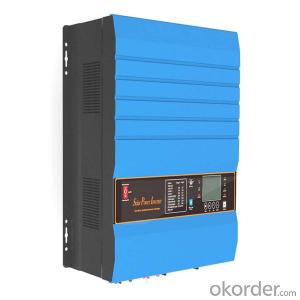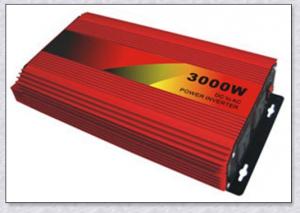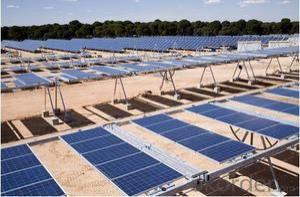10kw Solar Edge Inverter
10kw Solar Edge Inverter Related Searches
Best Solar Inverter For Home Home Power Inverter For Solar Best Inverter For Solar Pv Best Inverter For Solar Mini Solar Inverter For Home Solar Panel Inverter For Rv Inverter For 5kw Solar System Inverter For Solar Power Plant Inverter For Home Solar Solar Power Inverter For RvHot Searches
Solar Edge Inverter For Sale Fiberglass Scaffolding For Sale Fiberglass Panels For Sale Fiberglass Greenhouses For Sale Type Of Scaffolding With Pdf Solar Inverter With 2 Battery Pedestal Fan With Water Spray Price Mini Inverter With Battery Online Shopping Solar Edge Inverter Price Ceiling Fan Lowest Price Solar Edge Inverter Sizes Power One Solar Inverter Price 20kw Solar Inverter Price 10kw Solar Inverter Price Solar Inverter 10kw Price Solar Power Inverter Types Solar Power Inverter Suppliers Solar Inverter Emergency Power Solar Power Inverter Companies Power Factor Solar Inverter10kw Solar Edge Inverter Supplier & Manufacturer from China
Okorder.com is a professional 10kw Solar Edge Inverter supplier & manufacturer, offers integrated one-stop services including real-time quoting and online cargo tracking. We are funded by CNBM Group, a Fortune 500 enterprise and the largest 10kw Solar Edge Inverter firm in China.Hot Products
FAQ
- The role of a solar inverter in a battery storage system is to convert the direct current (DC) electricity generated by solar panels into alternating current (AC) electricity that can be used to power homes or businesses. It also manages the charging and discharging of the batteries, ensuring efficient storage of excess energy generated by the solar panels and providing a reliable power supply during periods of low solar generation or power outages.
- Photovoltaic grid-connected inverter without DC emc how will happen
- can convert light energy into electricity, so that the current flow from one side to the other, the general can be issued equivalent to 10 to 20% of the received light energy. In general, the stronger the light, the more electricity is generated. Its working principle is based on the semiconductor PN junction of the photovoltaic effect. The so-called photodynamic effect is when the object by the light, the object within the charge distribution of the state of the electromotive force and current generated an effect.
- Yes, solar inverters are designed to be weatherproof. They are typically built to withstand various weather conditions such as rain, snow, and extreme temperatures. However, it is always recommended to consult the manufacturer's specifications and guidelines to ensure proper installation and protection against environmental factors.
- In a photovoltaic grid-connected project, the role of the inverter is to convert the voltage into AC 220V or 380V for the grid, since the transformer will raise the voltage again
- Part of the distributed grid-connected projects, the basic are "spontaneous use, the power of the Internet," these do not need to boost, because the extra power is actually consumed by the surrounding electricity users, do not boost to a Level power grid;
- Yes, a solar inverter can be used with solar-powered data centers. In fact, solar inverters are essential components in solar power systems as they convert the direct current (DC) generated by the solar panels into alternating current (AC) which is then used to power the data center's equipment. The solar inverter ensures efficient and reliable utilization of solar energy in data centers.
- A solar inverter typically handles electromagnetic interference (EMI) by incorporating various measures and technologies to minimize its impact. This includes using shielding materials and techniques to prevent EMI from affecting the internal electronics of the inverter. Additionally, filters and surge suppressors are employed to reduce EMI generated by the inverter from interfering with other electronic devices. Overall, the solar inverter aims to mitigate EMI issues to ensure optimal performance and minimize disruptions.
- Yes, a solar inverter can be used in conjunction with a generator. In fact, it is a common practice to combine these two systems to create a hybrid power solution. The solar inverter can convert the direct current (DC) electricity generated by the solar panels into alternating current (AC) electricity, which can be used to power household appliances. When the solar panels do not generate enough electricity, the generator can kick in and provide additional power to meet the demand. This combination allows for a more reliable and efficient power supply, especially in areas with intermittent sunlight or during power outages.
- Yes, a solar inverter can be used in a solar-powered street lighting system. A solar inverter is responsible for converting the direct current (DC) produced by solar panels into alternating current (AC) that can be used to power the street lights. Therefore, it plays a vital role in ensuring that solar energy is efficiently utilized in the lighting system.















































